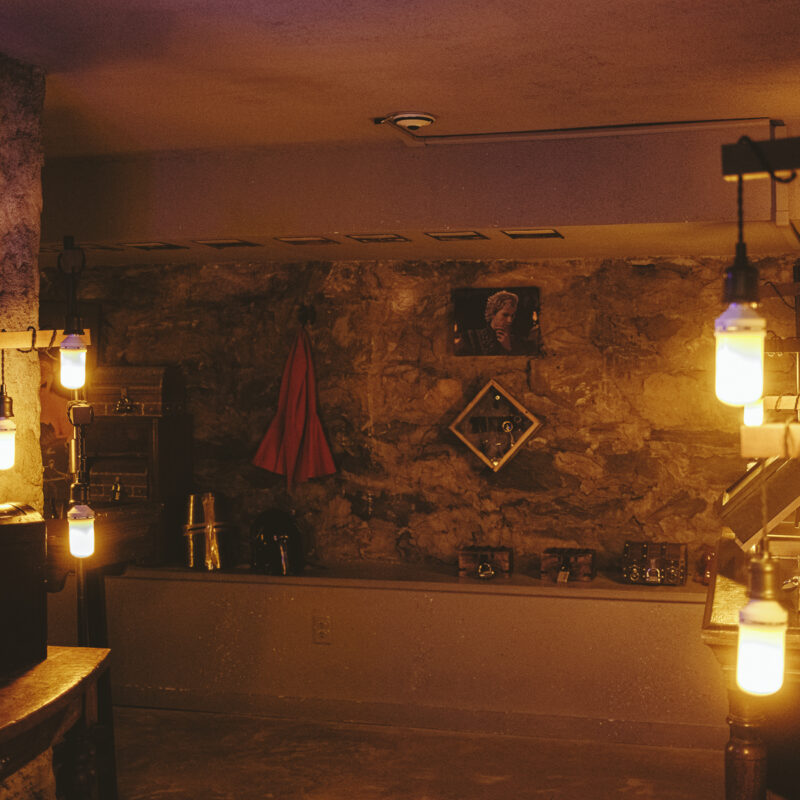The fragrance of Froot Loops permeates the air, wafting from three winter honeysuckle (Lonicera fragrantissima) fortuitously planted at the base of an electric pole out in the east garden between the house and road. Over a dozen years they’ve matured into softly rounded cloud-like forms about 8’ all around, without any pruning other than occasional branches for indoors. In a winter like this they hold most of their bright greenish-yellow leaves.
|
Winter honeysuckle makes a twiggy mass good for birds and screens unwanted views. (File photo) |
Nativists object to it because it originates in China and can be found on lists of invasives, but hereabouts I’ve not seen any escaped seedlings elbowing indigenous plants out of the way. Winter honeysuckle is often planted in orchards to lure early pollinators. It makes a twiggy mass good for birds, screens unwanted views, and will bring you out into the garden to see what smells so sweet.
Calycanthus floridus blooms a bit later, an old-fashioned shrub with many nicknames, a sure sign of toughness and long-lived popular affection: sweetshrub, Carolina allspice, spicebush, sweet Bettie, not to mention bubby blossom. It has a pure native pedigree, occurring naturally from Florida to Virginia. There’s a venerable patch off the roundabout at Monticello just beyond the north terrace.
Its small strap-like flowers look like a spider on its back with its legs scrunched up and are not particularly ornamental, but they exude a fruity strawberry aroma that found its way into the bosoms of many colonial ladies. It tends to make suckering colonies like lilac and normally blooms an unusual dark mahogany. The greenish-yellow cultivar ‘Athens’ has bigger flowers and is distinctly pineapply, capable of scenting an entire slope if allowed to run.
My trusty soil thermometer saved me from sowing foolish early seed which would probably have rotted by now, but the magic 50 degrees F for peas and spinach is not far away. After the new moon this month, as tides grow stronger, I will begin sowing my treasure, 50 dollars-plus worth of vegetable seeds, purchased mail-order after an agonizing decision to jettison the ancient collection that has lived in the refrigerator vegetable bin for many years. Some seeds do keep longer than others, but after a certain point, germination becomes too patchy to depend on and one longs to start fresh. The old ones will get tossed into a mystery bed to see what’s viable.
MARCH IN THE GARDEN
|
The world of horticulture turns. USDA’s plant hardiness zone map, updated for the first time since 1990, is a half-zone (5 degrees F) warmer in most places according to the USDA website (www.ars.usda.gov), but it hasn’t changed for Albemarle and Nelson counties, which remain where they were, mostly in Zone 7-a with an average minimum temperature since 1976 of 0-5 degrees F.
More remarkable is the decision last July of the International Botanical Congress to allow English rather than Latin to describe new plant species. This makes it easier to name, study and protect plants discovered in nature, but it also facilitates the profitable trade in lab-produced orchids and exotics.
Caveat emptor.
Cathy Clary is a gardening teacher and consultant; she tends ornamental beds and a kitchen and cutting garden at home in a hollow south of Charlottesville. Read more about her at hollowgarden.com, and e-mail her with questions at garden@c-ville.com.
/((ABODE))/iStock_000008977772Medium.jpg)





